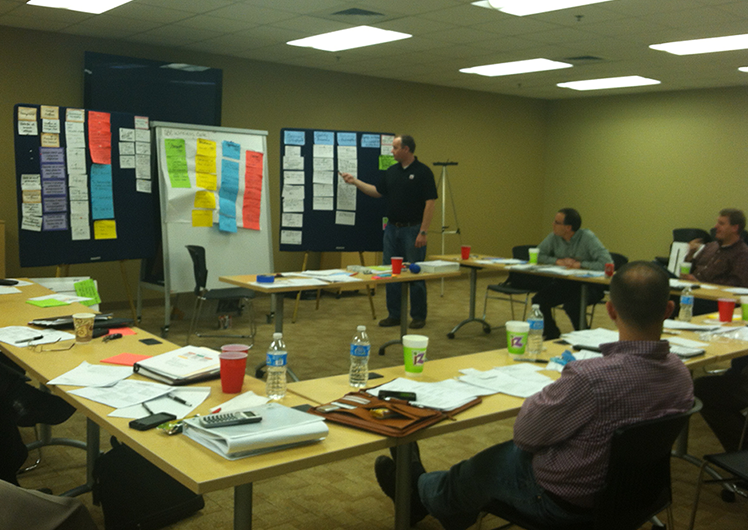A Well Pruned Life
It is winter. If you are a gardener, the chill in the air is a reminder that this is the time to prune your fruit-bearing trees and vines and flowering perennials. This act of cutting a plant almost to the ground seems extreme. But the law of nature requires near total destruction before new growth can produce of a good harvest.
If this cutting back doesn’t happen at all or happens too late, the results are not good. Total neglect of pruning over time results in disease and untimely death. The un-pruned plant becomes an unbalanced mixture of old and new, producing many limbs and leaves – but no fruit. Several years of not pruning a rose bush will turn it into a thorn bush.
Proper pruning eliminates at least 50% of most vine plants. The remaining healthy vines will often produce a 100-fold yield.
Is it possible that the heart of this principle holds some truth for your business, career and family?
Journal Entry: What will you prune from your busy of schedule, of things you know you have to do, so you can have time and energy to produce your very best in your leadership and life in 2016?
Drawing Some Insight: It is not easy to see the things we might need to prune. We are too close to them. One approach to seeing what needs to be cut back is to draw a stick person in the middle of a sheet of paper that represents you today. Take 10 minutes and list everything connected to you at work, in the community and with your family, don’t forget how your electronic devises pull at you. Now see how you answer the Journal Entry.
It ain’t what you don’t know that gets you into trouble. It’s what you know for sure that just ain’t so. – Mark Twain
Law of the Trivial Many and the Vital Few: 80/20 Implications for Life & Work
Strive for excellence in a few things, rather than good performance in many.
Celebrate exceptional productivity, rather than praise average efforts.
Look for the short cut rather than the full course.
Exercise control over your life with the least possible effort.
Delegate or outsource as much as possible in our daily lives and business.
Only do the thing we are best at doing and enjoy most.
Make the most of those few “lucky streaks” in our life and work where we are at our creative peak and the stars line up to guarantee our success.



